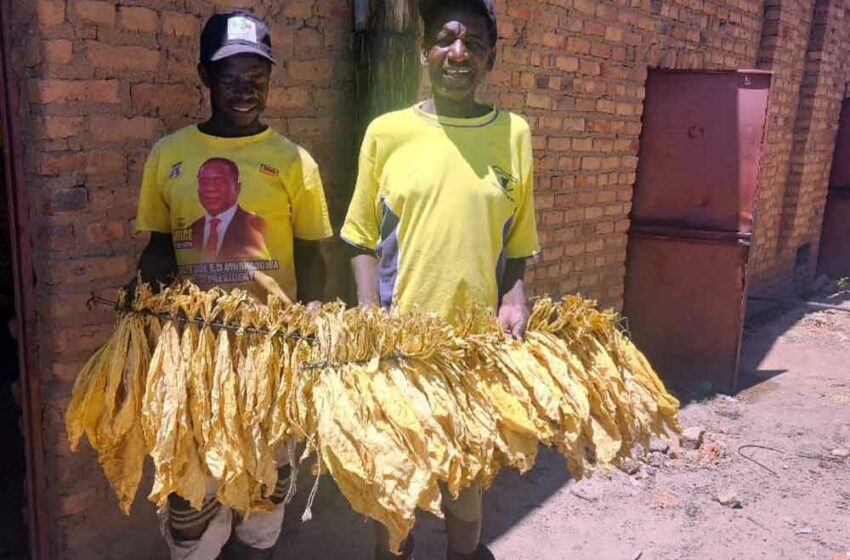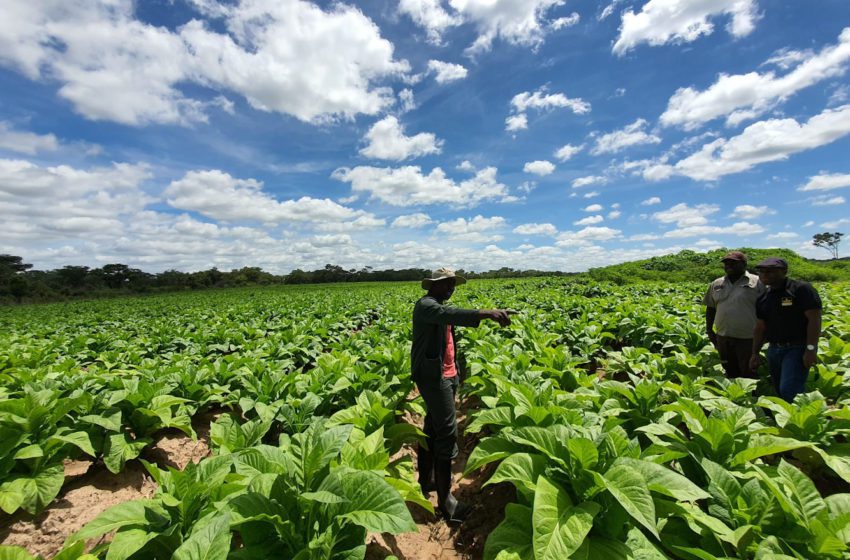The facility will further develop the company’s charcoal-free shisha technology. Read More
Tags :Shisha
Zimbabwean yield projections dropped to 500,000 kg due to the El Nino weather pattern.Read More
The company’s machines can now package products in 50g and 250g boxes.Read More
Cavendish Lloyd is eager to expand shisha tobacco production in Zimbabwe and elsewhere. Read More
The restrictions end July 1 following losses in tax revenue to the black market. Read More
The current average price is 15 percent higher than the 2023 season average. Read More
Kenya's health secretary failed to submit the regulations to Parliament as required by an earlier court ruling. Read More
Experts argue that use of noncigarette tobacco can be more harmful than smoking.Read More
But critics complain the ordinance is not being implemented “in spirit.”Read More
Tobacco growers have planted 407 ha, marking a 270 percent increase over last year’s area. Read More










